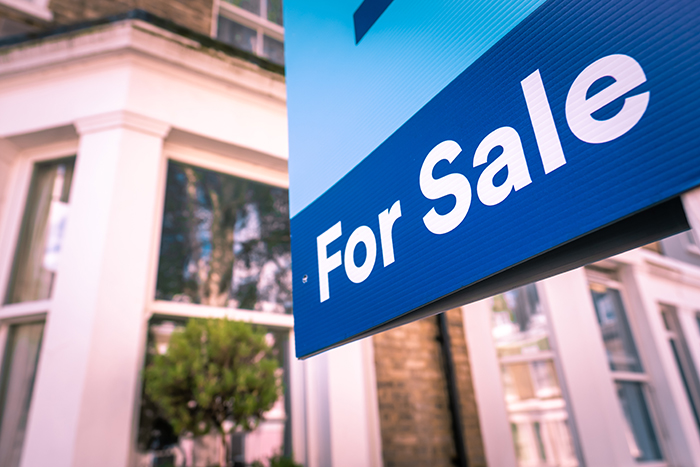
Zoopla’s latest House Price Index has revealed a jump in the proportion of sellers (42%) having to accept discounts of 5% or more off the asking price to achieve a sale – the highest level since 2018.
The impact of mortgage rates and cost of living pressures means that buyers who are in the market are driving a harder bargain in comparison to recent years.
The Zoopla report also shows 15% of sellers are accepting discounts of over 10% off the initial asking price.
Mortgage rates tipping above 5% have delivered a further 10-20% hit to the buying power of those who are purchasing with a mortgage (70% of sales).
Mortgage rates moving from 4% to 5% results in an 11% reduction in buying power. However, this increases to 20% with mortgage rates at 6%, up from 4%.
Zoopla says this hit to buying power won’t instantly result in lower house prices and buyers can continue to offset the impact of higher mortgage rates by either increasing their deposit and/or taking longer mortgage terms.
However, these aren’t options for everyone and the further mortgage rates increase above 5%, the more buyers are squeezed out of the market.
Zoopla’s data shows this trend is already evident with 14% fewer buyers in the market over the last 4 weeks compared to a year ago. However, those that remain appear committed to moving home with sales agreed running 8% above the five-year average.
House price growth has slowed rapidly over the last year with the annual rate of house price growth running at +1.2%. A recovery in new sales in the Spring, as mortgage rates fell towards 4%, has led to a halt in house price falls over the last 3 months (after 4 months of quarterly price falls).
Zoopla anticipates a return to modest quarterly house price falls over H2 2023 as higher mortgage rates hit buying power alongside ongoing increases in the overall cost of living.
The sharp slowdown in annual growth is a pattern repeated across most regions and countries of the UK. House price growth is highest in Wales at +2.5% and lowest in Northern Ireland at -0.8%.
Some markets are still registering annual price increases of over 4% including Powys in Wales (4.1%), followed by Calderdale in Yorkshire (4%) and Dumfries & Galloway in Scotland (4%). The weakest growth rates are being recorded in the higher-value housing markets.
The main risk to house price growth, aside from a weakening economy, is a sudden surge in the supply of homes for sale. There are some signs that supply is starting to grow at an above-average rate with 18% more homes listed for sale in the last 4 weeks vs the five-year average.
This shouldn’t be compounded by forced sales, which will be limited thanks to support measures by the Government for existing mortgage holders. An increase in supply would boost choice for buyers and give them more room to negotiate – while also driving larger house price falls.
In terms of the outlook for house price growth, Zoopla still anticipates price falls of up to 5% this year – however much depends on mortgage rates and inflation. Long-term, house price growth is anticipated to be a lot weaker as we see a steady realignment of house prices and household incomes over the next 3-5 years.
Commenting on the latest report Zoopla executive director Richard Donnell says: “Modest price falls will resume in the second half of 2023 as the supply of homes increases giving buyers more choice and room for negotiation on price.
He adds: “We still expect house prices to be 5% lower over 2023 and there is a very substantial equity buffer to absorb price falls which are likely to be concentrated across southern England”.



